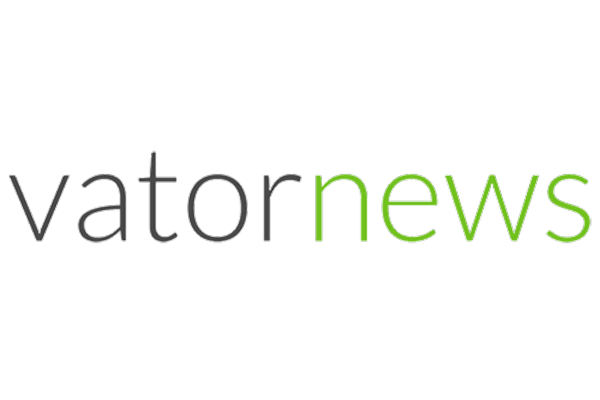
JULY 14 2021
Steven Loeb
Glytec's electronic glycemic management system uses data to determine patient insulin levels
Steven Loeb and Bambi Francisco interview John Downey, Chief Commercial Officer at Glytec, a provider of electronic glycemic management systems (eGMS), using real-time data to ensure that hospitals give patients the right level of insulin. The company's eGMS is called Glucommander, and it leverages real-time and historical data to personalize insulin dosing by learning each patient’s insulin sensitivity and anticipating future need.
Founded in 2006, Glytec has raised $65 million in funding, including a recent $21 million round.
For these digital health podcasts, our goal is to also understand these three high-level questions: How are we empowering the consumer? Are we creating productivity that also allows us to see overall economic costs go down? How is this advancement changing the role of the doctor?
Highlights from the interview:
- Glytec is currently concentrating on the in-patient setting and it has two products: one for IV and one for SubQ insulin dosing. Its software uses an algorithm that takes into account each patient's condition, and their tolerance to insulin, among other pieces of data, to correctly determine the right level of insulin needed.
- About 40% of patients that are admitted to the hospital will have high blood sugar, and 25% of those patients will have new symptoms; they may be diabetics who don't know they have it, but it could because someone having a heart attack or stroke can also elevate blood glucose levels.
- In addition to Glucommander, the company has a product called GlucoSurveillance, which takes inputs from multiple hospital systems to analyze a patient's blood glucose values and to determine if there needs to be an intervention. In the hospitals where patients have undiagnosed diabetes, GlucoSurveillance is able to identify who has insulin needs before they get out of hand.
- Glytec aids providers in identifying hyperglycemia and diagnosing diabetes for those patients who don't know they are diabetic. The company has an FDA clearance for its outpatient ambulatory product, and it could potentially expand into those new markets as they emerge. Glytec leverages all available data to surface patients who may benefit from insulin, and in the future partnerships create the opportunity to leverage even more data to allow Glytec’s eGMS to provide increasingly more sophisticated decision support.
- Companies like Virta and Livongo, which also do diabetes management, are potential partners for Glytec. The company believe its technology can be coupled with services and that it can be more of a population health company, selling to payers and employers. The company had some early stage arrangements with Livongo around using its technology to help coach patients with diabetes.
- There are 6,000 hospitals in the US, and 10% of them are using an eGMS. Insulin was discovered 100 years ago this month, so the approach most hospitals take with insulin hasn't changed in a century. The fact that 90% of hospitals still use a one-size-fits-all approach represents a major opportunity for the company.
- There are five factors that the company looks at in terms of pricing: number of beds in a facility, the number of annual discharges, anticipated ROI, the number of sites coming onto a contract, and what the competitors are in the market. All of those things are used to determine the annual fee the hospital pays for unlimited use.
- The company is opened to a value-based model, but hospitals don't want to enter into a risk-sharing agreement due to the unpredictability. To get around this, Glytec has said that the hospitals wouldn't have to pay until the following fiscal year, so the hospitals can budget for the differential.
- As result of using Glytec, hospitals see a reduction in severe hypoglycemia of 90%, as well as hyperglycemia, resulting in reduced infections, improved wound healing, and lowered readmissions. The solution can reduce length of stay by 2.7 days, which opens up hospital beds, bringing more patients in, and those are revenue generating patients for the hospital since they're paid on a case rate.
This podcast is sponsored by BetterHelp and VatorNews listeners get 10% off their first month at BetterHelp.com/Vator. This podcast is also brought by Octave, your partner for mental health and emotional well-being. Learn more at FindOctave.com. Also thanks to NeuroFlow, which is working with hundreds of healthcare organizations to provide best-in-class technology and services for the effective integration of behavioral health.
– This article originally appeared on Vator News.
MAR-0000353 Rev 1.0